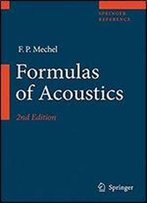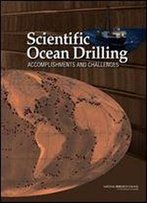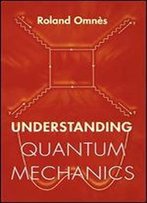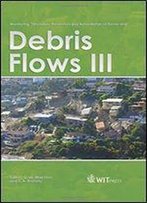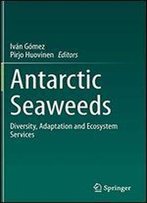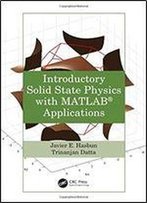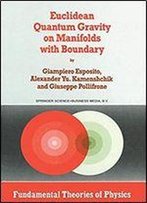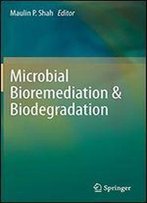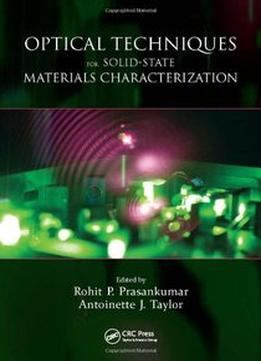
Optical Techniques For Solid-State Materials Characterization
by Antoinette J. Taylor /
2011 / English / PDF
17.5 MB Download
Over the last century, numerous optical techniques have been developed to characterize materials, giving insight into their optical, electronic, magnetic, and structural properties and elucidating such diverse phenomena as high-temperature superconductivity and protein folding. Optical Techniques for Solid-State Materials Characterization provides detailed descriptions of basic and advanced optical techniques commonly used to study materials, from the simple to the complex. The book explains how to use these techniques to acquire, analyze, and interpret data for gaining insight into material properties. With chapters written by pioneering experts in various optical techniques, the text first provides background on light–matter interactions, semiconductors, and metals before discussing linear, time-integrated optical experiments for measuring basic material properties, such as Fourier transform infrared spectroscopy, photoluminescence, and Raman scattering. The next section begins with a description of ultrashort pulse generation and carrier dynamics in semiconductors and metals. The book then discusses time-resolved optical techniques, such as pump–probe spectroscopy, terahertz spectroscopy, and magneto-optical spectroscopy. The subsequent section describes spatially resolved optical spectroscopy, including conventional optical microscopy and micro-optical and near-field scanning techniques. The book concludes with an overview of more advanced, emerging optical techniques, such as ultrafast x-ray and electron diffraction, ultrafast photoemission spectroscopy, and time-resolved optical microscopy. As optical techniques are among the first applied when studying new systems with novel properties, the information presented in this comprehensive reference will only grow in importance. By supplying clear, detailed explanations of these techniques, the book enables researchers to readily implement them and acquire new insights into the materials they study.
